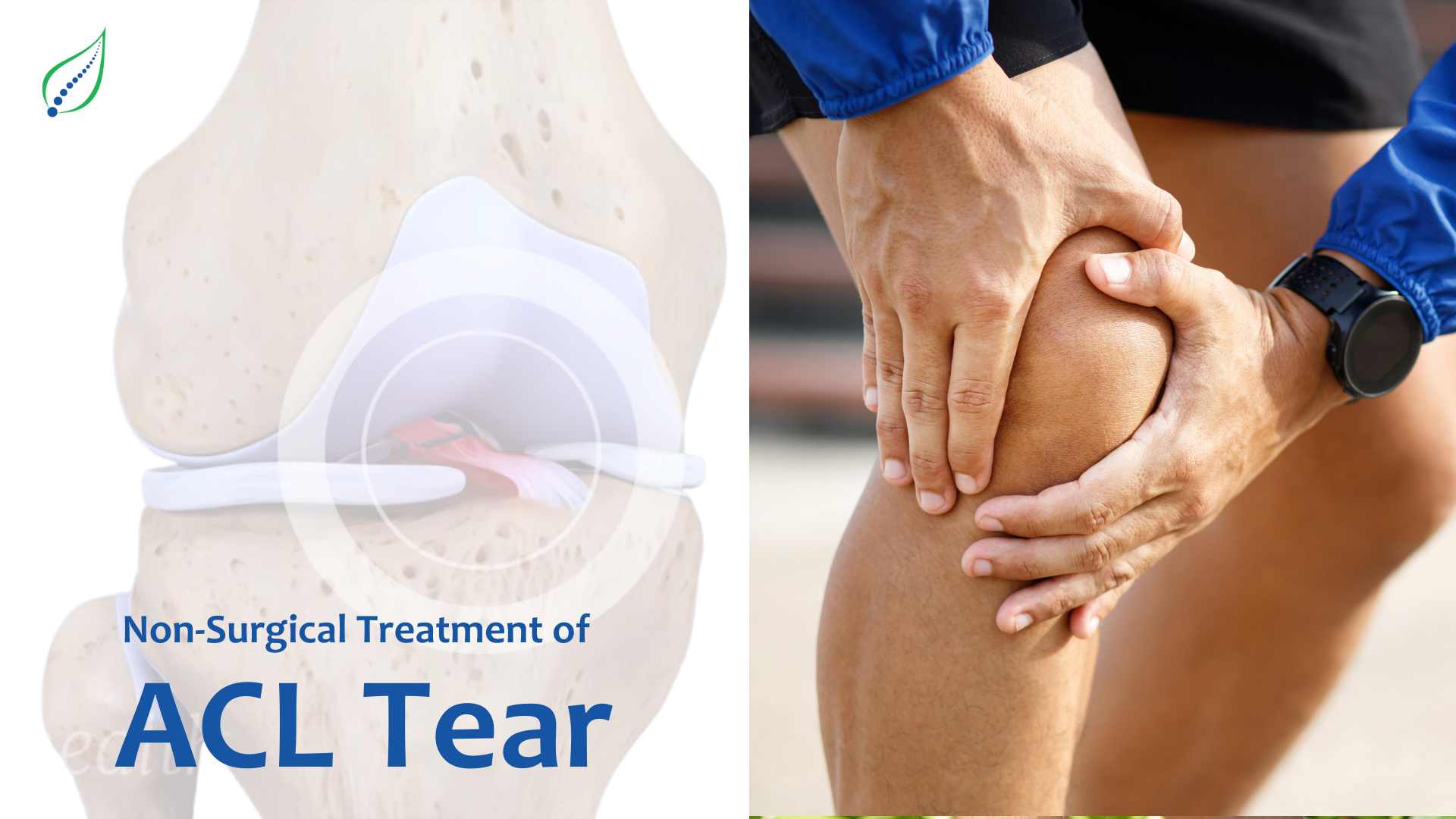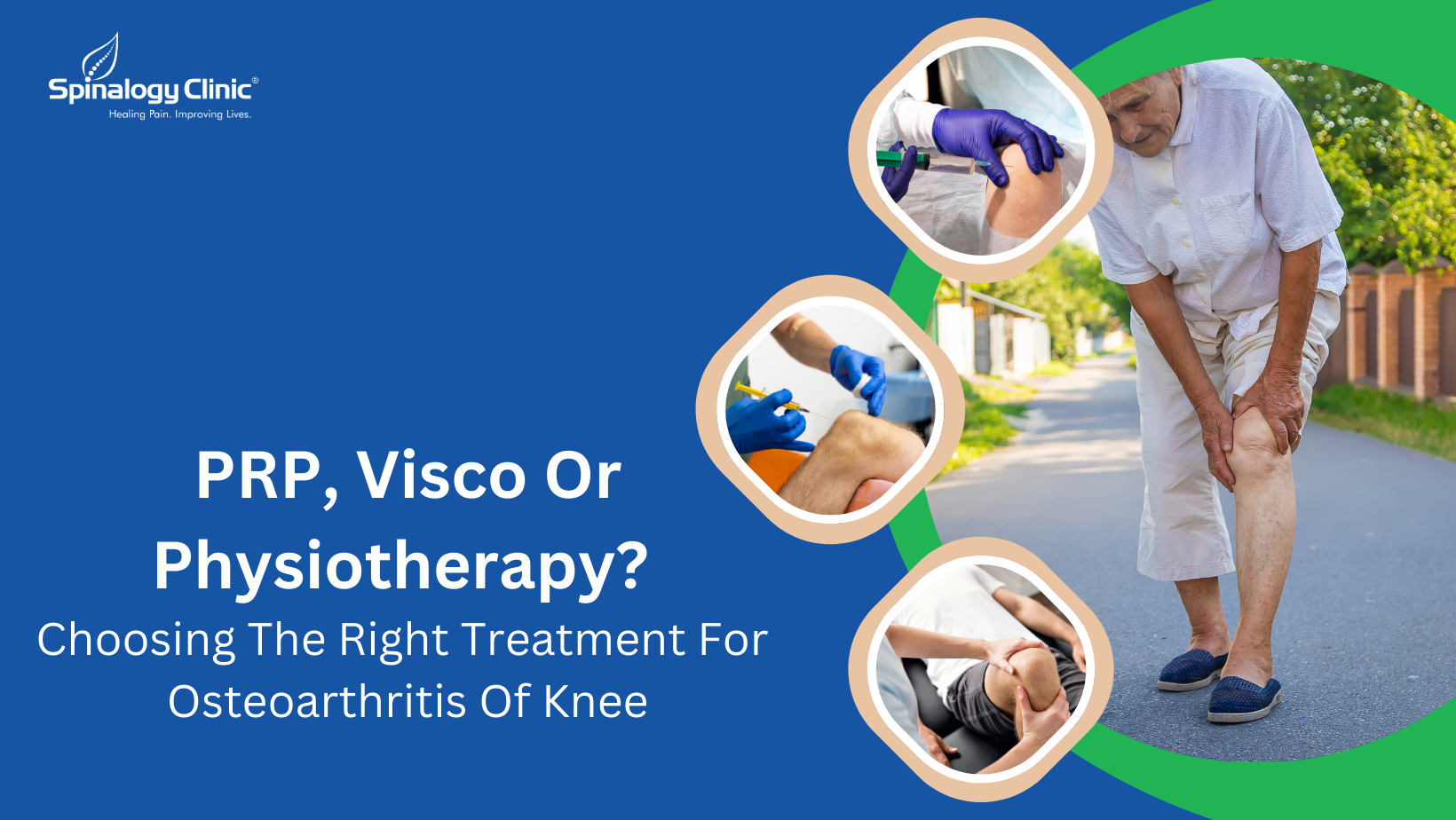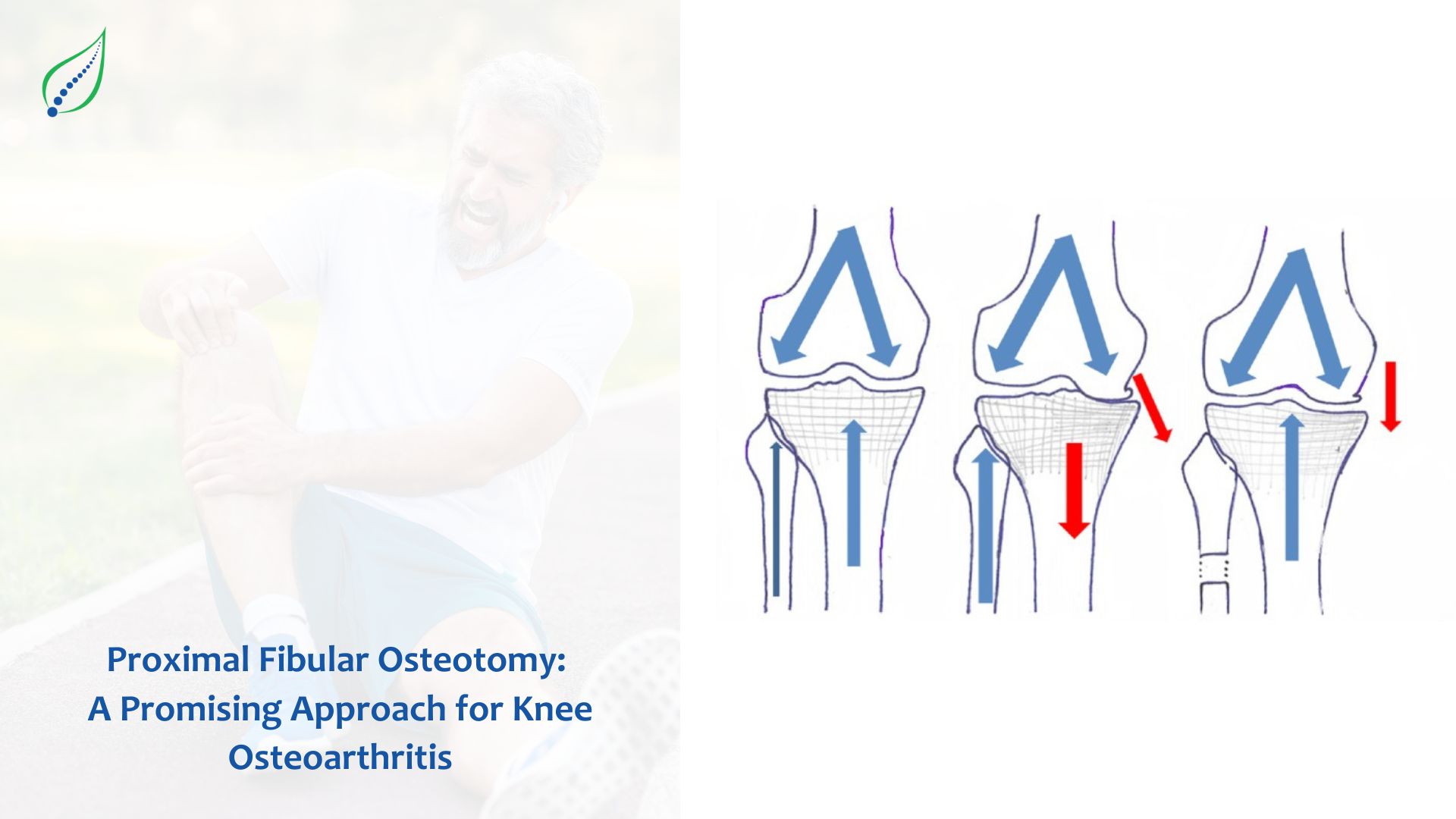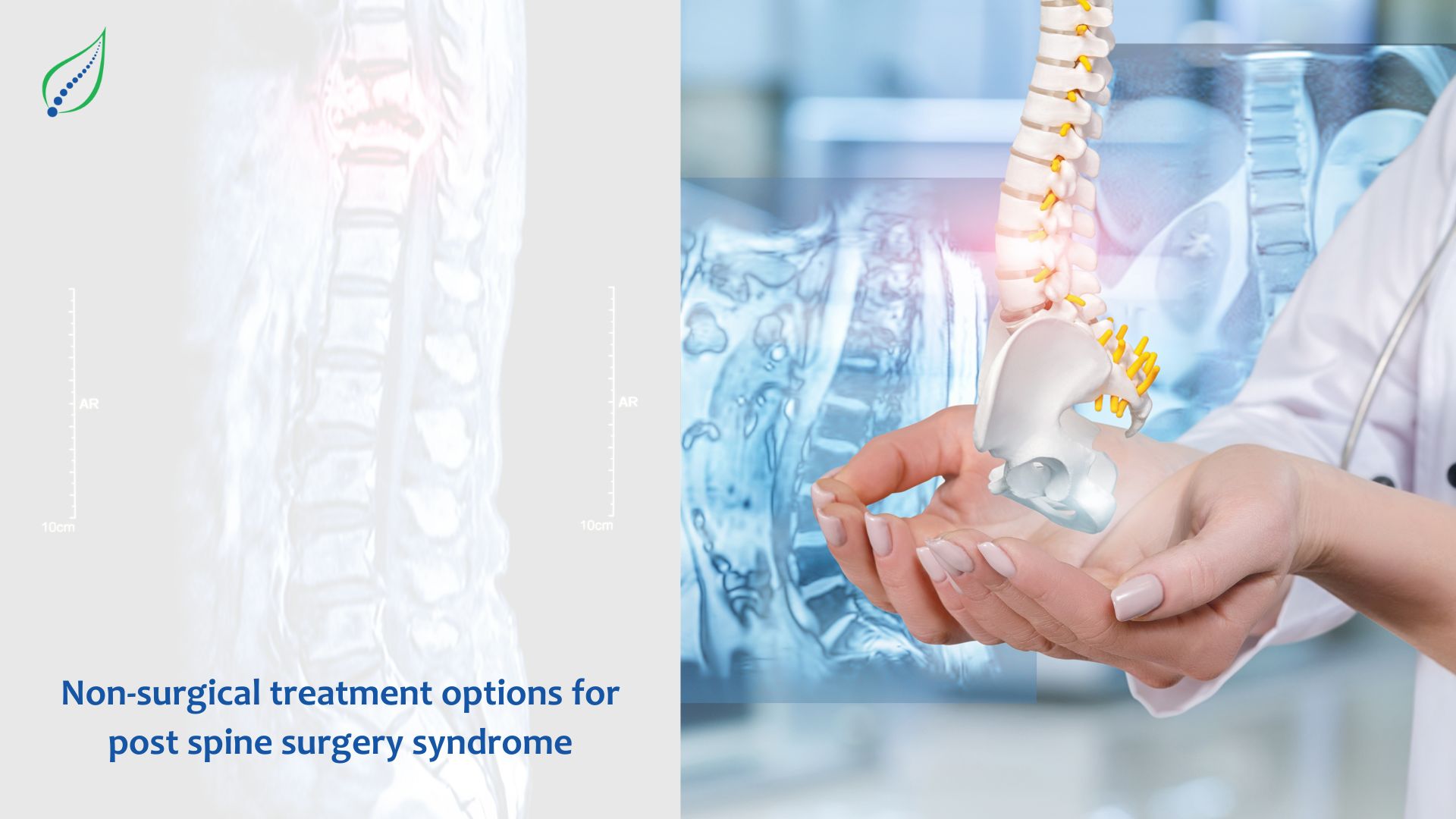Non-Surgical Treatment of ACL Tear
Anterior Cruciate Ligament (ACL) is one of the most common knee injury which can severely affect a person's mobility and quality of life. The conventional course of treatment for ACL tears has always been surgery.
However, new developments in non-surgical methods have produced encouraging outcomes, giving patients an additional route to recovery. This blog post will discuss the advantages and limitations of non-surgical approaches for treating ACL tears.
ACL Tears
Understanding the nature of an ACL injury is crucial before exploring non-surgical options Anterior Cruciate ligament is the ligament which stabilizes the knee joint and aids in limiting the shin bone's excessive forward movement. ACL tears frequently happen due to athletic activities or abrupt twisting motions, leaving the knee in pain, swollen, and unstable.

Top non-surgical treatment options
RICE Protocol and physical therapy
The initial course of therapy for the majority of knee injuries, including ACL rupture, is the RICE regimen (rest, ice, compression, and elevation). Its main objective is giving the damaged knee enough rest, administering ice to reduce swelling, bandaging the knee, and elevating the leg to prevent fluid buildup.
After the acute pain has been subsidised, Physical therapy for of non-surgical ACL injury treatment also follows RICE protocol. Patients perform exercises that strengthen the surrounding muscles, enhance knee stability, and regain range of motion under the direction of a qualified physical therapist. Patients can benefit from physical therapy to restore knee function, lessen pain, and improve overall knee joint health.
Bracing
The usage of knee braces is another non-surgical option for ACL injuries which is a must for this kind of injury. These braces offer the knee joint external support, easing the strain on the damaged ligament and enhancing stability. Individuals with mild to moderate ACL tears or those taking part in non-contact sports may benefit, especially from knee braces. Knee braces can improve stability and prevent additional damage, even if they may not completely restore the ACL's functionality.
Platelet Rich Plasma Therapy
To encourage tissue repair, one of the best non-surgical therapeutic option is platelet-rich plasma (PRP). A tiny sample of the patient's blood is extracted during the process, and the platelet-rich plasma is separated through centrifugation. The wounded knee is then injected with concentrated platelets containing growth factors and other bioactive ingredients.
The use of PRP therapy has demonstrated the potential for promoting tissue regeneration, lowering inflammation, and fastening the healing process. While additional research is required to determine PRP therapy's effectiveness for ACL tears specifically, it has shown promise in treating a number of musculoskeletal diseases.
Neuromuscular Training
Programs for strengthening, balancing, and controlling the muscles aim to improve knee stability and prevent further injuries. These regimens frequently include exercises targeting the quadriceps, hamstrings, and calf muscles surrounding the knee joint.
In order to lower the chance of reinjury, neuromuscular training aims to educate the body on the right movement patterns and muscle activation techniques. These programs may be supervised by a physical therapist or sports medicine specialist. For sportsmen and physically active people who desire to resume sports or physical activities without surgery, neuromuscular training can be especially helpful.
In conclusion, choosing between surgical and non-surgical treatments for ACL tears is a complex decision that needs to be based on evaluation and grade of tear. Important factors to consider include the extent of the tear, degree of exercise, and stability of the knee.




